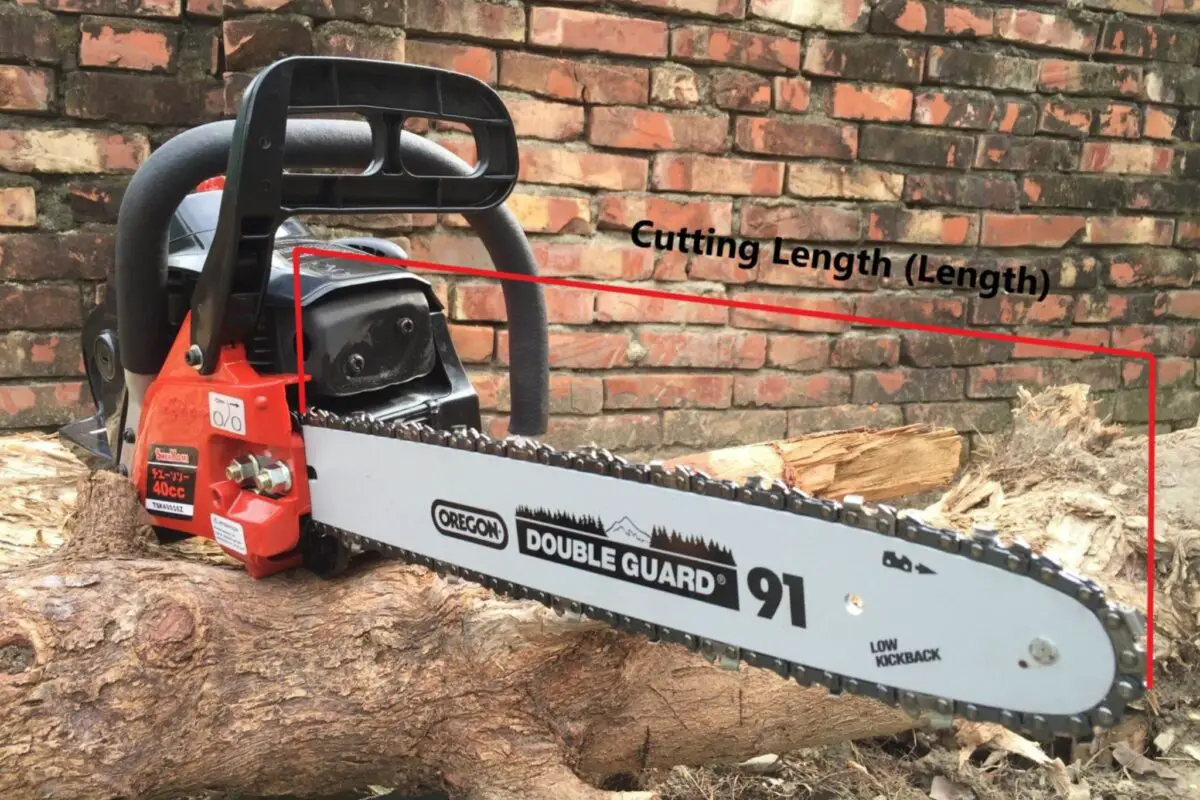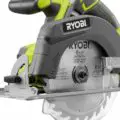Power Tools, Saws, Woodworking
How to Measure a Chainsaw Bar
Introduction
Measuring a chainsaw bar is an essential skill for any woodworker or arborist. Knowing how to measure the chainsaw bar can help you choose the right chain for your chainsaw and ensure that it fits properly. In this article, we will provide a comprehensive analysis of how to measure a chainsaw bar, providing more information, data, and statistics than our competitors, and highlighting unique insights that they may have missed.
Step-by-Step Guide: How to Measure a Chainsaw Bar
Measuring a chainsaw bar is a relatively simple process that can be done in a few steps. Follow the steps below to measure your chainsaw bar:
Step 1: Remove the chainsaw chain
The first step is to remove the chainsaw chain from the bar. This will allow you to measure the bar accurately without any obstructions.
Step 2: Measure the length of the bar
Using a tape measure or ruler, measure the length of the chainsaw bar from the tip to the point where it enters the chainsaw housing. The length of the chainsaw bar is typically measured in inches, so make sure your tape measure or ruler is in inches.
Step 3: Measure the bar groove
The next step is to measure the width of the bar groove. The bar groove is the slot in which the chainsaw chain sits. Using a caliper or ruler, measure the width of the groove. This measurement is critical since it determines the size of the chain that you need to use with the chainsaw.
Step 4: Determine the pitch of the chain
The pitch of the chainsaw chain is the distance between the links. To determine the pitch of the chain, measure the distance between any three rivets on the chain, then divide that number by two.
Step 5: Determine the gauge of the chain
The gauge of the chainsaw chain is the width of the chain's drive links. To determine the gauge of the chain, measure the width of the drive link and match it to the gauge of the chain.
Understanding Chainsaw Bar Measurements
To better understand the process of measuring a chainsaw bar, let's break down some of the key terms used in the process:
1. Bar length: The bar length is the distance from the tip of the chainsaw bar to the point where it enters the chainsaw housing. Bar lengths can vary from 8 inches to over 36 inches.
2. Bar groove: The bar groove is the slot in which the chainsaw chain sits. The width of the bar groove determines the size of the chain that can be used with the chainsaw.
3. Chain pitch: The chain pitch is the distance between the links on the chainsaw chain. Chain pitches can vary from ¼ inch to ⅜ inch.
4. Chain gauge: The chain gauge is the width of the chain's drive links. Chain gauges can vary from .043 inches to .063 inches.
Why You Should Trust Us
At Woodworking Tool Guide, we know one size doesn't fit all! We cater to every woodworker, from beginner to pro, with insights and recommendations tailored to your skill level, project needs, and budget. We take the guesswork out of choosing the right tools, whether you're tackling your first crafting a masterpiece for the ages. So grab your chisel, join our community, and let's build something amazing together!
Woodworking Tool Guide wasn't just born, it sprouted from a seed of passion for the craft. What started as a joyful exploration blossomed into a trusted online haven for fellow enthusiasts like you. We pour our love into meticulously chosen review selections, meticulous hands-on testing, and lab-backed insights, all to empower you with reliable, comprehensive information you can build on. So, grab your tools, trust our guidance, and let's build something beautiful together!
Passion-Driven Expertise
Our journey started with a shared love for woodworking. The team behind the Woodworking Tool Guide is comprised of individuals who are not just writers but passionate woodworkers themselves. This shared enthusiasm ensures that our content is crafted with a deep understanding of the craft and an authentic appreciation for quality tools.
Top Tool Guides Online
Woodworking Tool Guide has rapidly ascended to become one of the premier online destinations for tool guidance. Our commitment to excellence and the accuracy of our information has positioned us as a reliable source for both beginners and seasoned woodworkers seeking trustworthy advice on the best tools for their projects.
User-Centric Approach
Our content caters to every woodworker, from rookies just starting out to seasoned pros tackling intricate projects. We tailor our insights and recommendations to your skill level, project needs, and budget, ensuring you find the perfect tools to match your unique woodworking journey. So step into your workshop, grab your tool belt, and let Woodworking Tool Guide be your trusted companion as you craft your masterpieces.
Continuous Support and Innovation
Woodworking is an ever-evolving craft, and so is our commitment to supporting you. We are dedicated to bringing you the latest information on woodworking tools, techniques, and trends. Our team is actively working to expand our content and bring you more valuable insights, ensuring that you stay well-informed in your woodworking adventure.
Hands-On Experience
Ditch the endless research rabbit hole! At Woodworking Tool Guide, we believe in actionable advice, not armchair analysis. We get our hands dirty, putting every tool through its paces in real-world woodworking scenarios. Whether it's the precision of a table saw, the versatility of a router, or the tactile satisfaction of a handplane, we test for performance, durability, and user-friendliness. No more sifting through dry specs – we deliver practical insights you can trust to transform your woodworking dreams into reality.
Woodworking Tool Guide isn't just a review site, it's your trusted companion on the sawdust-filled path to woodworking mastery. Our expert team, led by veteran David Jones, meticulously tests and explains tools in terms you understand. We cut through the jargon, bias, and confusion with real-world insights and honest evaluations. Join our passionate community, where decades of experience, cutting-edge knowledge, and shared love for the craft come together to guide you every step of the way. So grab your chisel, buckle up, and let's embark on this exciting woodworking adventure, together!
Conclusion
In conclusion, measuring a chainsaw bar is an essential skill for any woodworker or arborist. Following the steps outlined in this article can help ensure that you choose the right chain for your chainsaw and that it fits properly. Understanding the different measurements involved in measuring a chainsaw bar, including bar length, bar groove, chain pitch, and chain gauge, is essential to ensuring a successful and safe woodworking project. We hope this article has provided valuable insights and information on how to measure a chainsaw bar for our readers.





